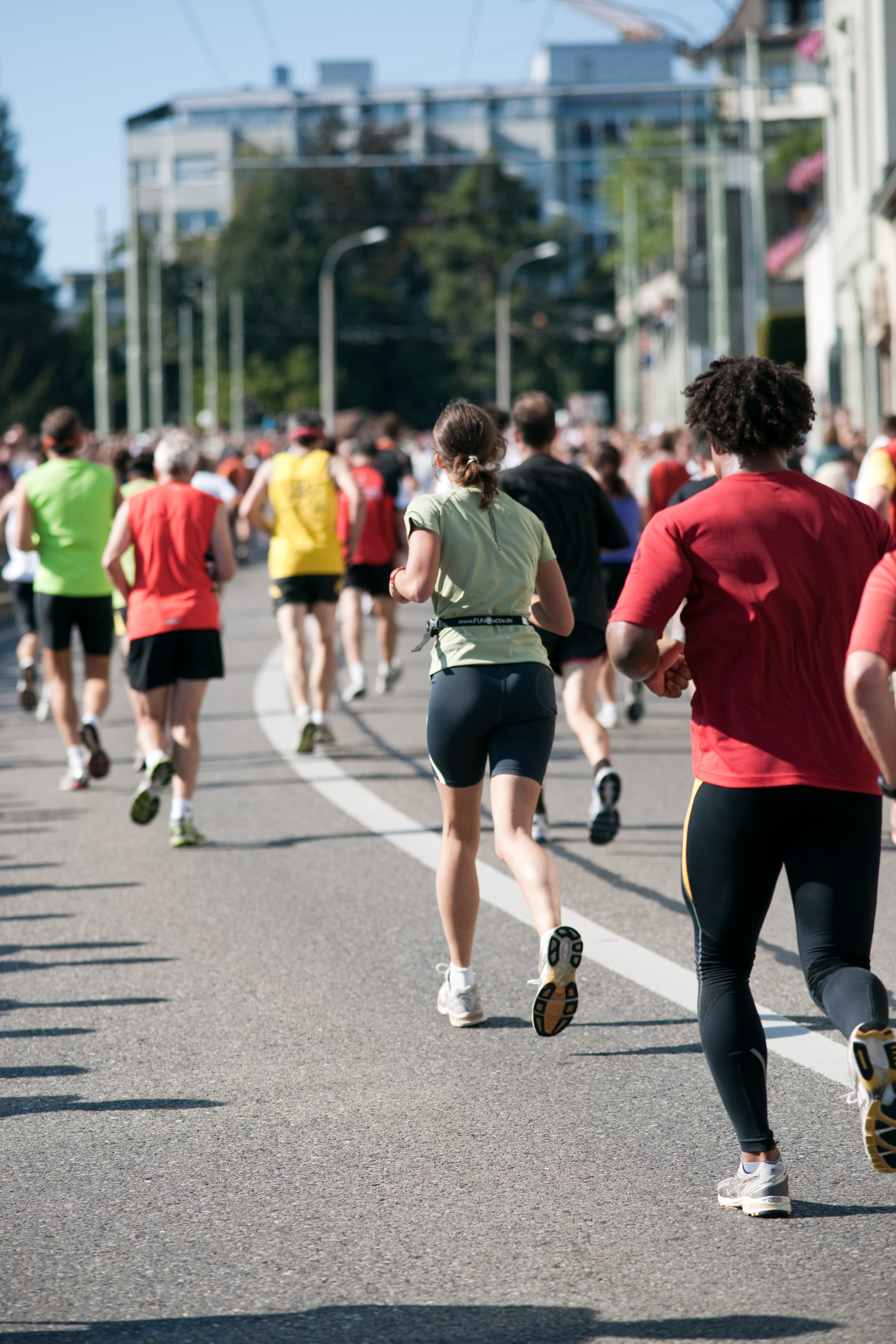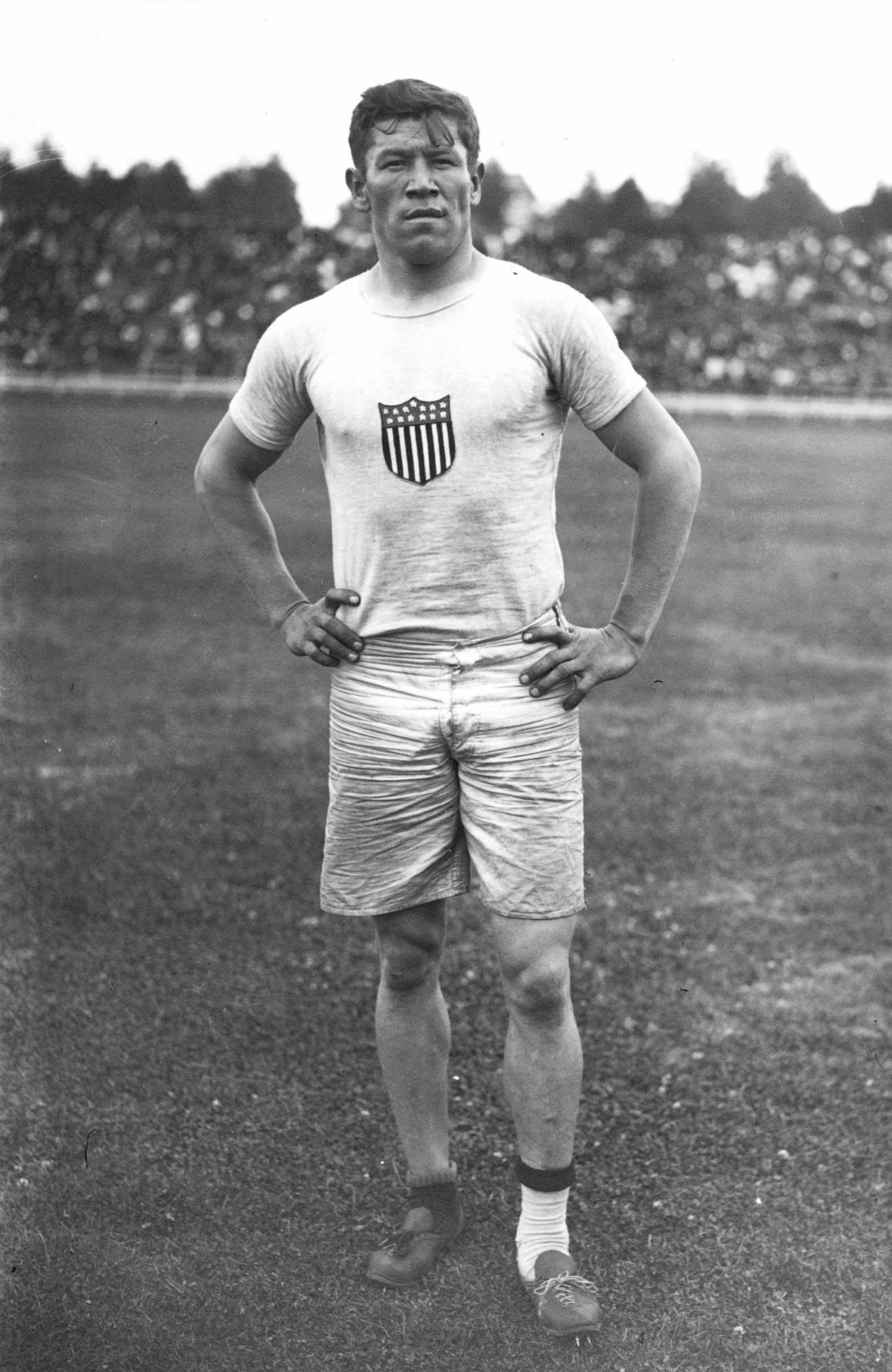|
Mulugeta Wami
Mulugeta Wami (born 17 July 1982) is an Ethiopian long-distance runner who specialises in the marathon. He has a personal best of 2:07:11 hours for the distance. He was the 2013 winner of the Ljubljana Marathon. Born in Addis Ababa, he is the brother of Gete Wami, the 1999 world champion and 2000 Olympic runner-up in the 10,000 metres. His first outing over the marathon distance came at the 2006 Amsterdam Marathon, where he finished ninth with a time of 2:13:19 hours. He improved to 2:11:47 hours at the following year's Eindhoven Marathon, taking fifth place In 2008 he won the Egmond Half Marathon, but managed only 14th at the Beijing Marathon. Mulugeta continued to improve over the marathon in 2009, first running 2:10:49 at the Los Angeles Marathon (fourth overall) then taking the Chuncheon Marathon title in a time of 2:09:50 hours. [...More Info...] [...Related Items...] OR: [Wikipedia] [Google] [Baidu] |
Long-distance Runner
Long-distance running, or endurance running, is a form of continuous running over distances of at least . Physiologically, it is largely aerobic in nature and requires stamina as well as mental strength. Within endurance running comes two different types of respiration. The more prominent side that runners experience more frequently is aerobic respiration. This occurs when oxygen is present, and the body is able to utilize oxygen to help generate energy and muscle activity. On the other side, anaerobic respiration occurs when the body is deprived of oxygen, and this is common towards the final stretch of races when there is a drive to speed up to a greater intensity. Overall, both types of respiration are used by endurance runners quite often, but are very different from each other. Among mammals, humans are well adapted for running significant distances, and particularly so among primates. The capacity for endurance running is also found in migratory ungulates and a li ... [...More Info...] [...Related Items...] OR: [Wikipedia] [Google] [Baidu] |
Chuncheon Marathon
The Chuncheon International Marathon ( ko, 춘천마라톤) is an annual marathon race which is held in late October in the city of Chuncheon, South Korea. First held in 1946, it is the second oldest marathon in the country after the Seoul International Marathon. Sponsored by ''The Chosun Ilbo'', a major daily newspaper in South Korea, the race is one of two in the country which holds IAAF Silver Label status, along with Gyeongju International Marathon.Jalava, Mirko (2010-10-24)Kiptoo smashes Chuncheon record with 2:07:54 victory IAAF. Retrieved on 2010-10-26. History The 1936 Summer Olympics saw two Koreans win Olympic medals: Sohn Kee-chung took the gold while Nam Sung-yong was the bronze medallist. Both runners had competed in the colours of Japan, as the competition took place when Korea was part of the Japanese empire. When Japan was defeated in World War II, Korea was liberated and the first "''Chosun Ilbo'' Shortened Marathon" was held the following year, building upon th ... [...More Info...] [...Related Items...] OR: [Wikipedia] [Google] [Baidu] |
Athletes From Addis Ababa
An athlete (also sportsman or sportswoman) is a person who competes in one or more sports that involve physical strength, speed, or endurance. Athletes may be professionals or amateurs. Most professional athletes have particularly well-developed physiques obtained by extensive physical training and strict exercise accompanied by a strict dietary regimen. Definitions The word "athlete" is a romanization of the el, άθλητὴς, ''athlētēs'', one who participates in a contest; from ἄθλος, ''áthlos'' or ἄθλον, ''áthlon'', a contest or feat. The primary definition of "sportsman" according to Webster's ''Third Unabridged Dictionary'' (1960) is, "a person who is active in sports: as (a): one who engages in the sports of the field and especially in hunting or fishing." Physiology Athletes involved in isotonic exercises have an increased mean left ventricular end-diastolic volume and are less likely to be depressed. Due to their strenuous physical activities, ... [...More Info...] [...Related Items...] OR: [Wikipedia] [Google] [Baidu] |
Ethiopian Male Marathon Runners
Ethiopians are the native inhabitants of Ethiopia, as well as the global diaspora of Ethiopia. Ethiopians constitute several component ethnic groups, many of which are closely related to ethnic groups in neighboring Eritrea and other parts of the Horn of Africa. The first documented use of the name "Ethiopia" from Greek name "Αἰθίοψ" (Ethiopian) was in the 4th century during the reign of Aksumite king Ezana. There were three ethnolinguistic groups in the Kingdom of Aksum; Semitic, Cushitic, and Nilo-Saharan (ancestors of the modern-day Kunama and Nara). The Kingdom of Aksum remained a geopolitically influential entity until the pillage of its capital — also named Axum — in the 10th century by Queen Gudit. Nevertheless, the core Aksumite civilization was preserved and continued into the successive Zagwe dynasty. By this time, new ethnic groups emerged – the Tigrayans and Amharas. During the Solomonic period, the latter established major political and cultur ... [...More Info...] [...Related Items...] OR: [Wikipedia] [Google] [Baidu] |
Ethiopian Male Long-distance Runners
Ethiopians are the native inhabitants of Ethiopia, as well as the global diaspora of Ethiopia. Ethiopians constitute several component ethnic groups, many of which are closely related to ethnic groups in neighboring Eritrea and other parts of the Horn of Africa. The first documented use of the name "Ethiopia" from Greek name "Αἰθίοψ" (Ethiopian) was in the 4th century during the reign of Aksumite king Ezana. There were three ethnolinguistic groups in the Kingdom of Aksum; Semitic, Cushitic, and Nilo-Saharan (ancestors of the modern-day Kunama and Nara). The Kingdom of Aksum remained a geopolitically influential entity until the pillage of its capital — also named Axum — in the 10th century by Queen Gudit. Nevertheless, the core Aksumite civilization was preserved and continued into the successive Zagwe dynasty. By this time, new ethnic groups emerged – the Tigrayans and Amharas. During the Solomonic period, the latter established major political and cultural ... [...More Info...] [...Related Items...] OR: [Wikipedia] [Google] [Baidu] |
1982 Births
__NOTOC__ Year 198 (CXCVIII) was a common year starting on Sunday (link will display the full calendar) of the Julian calendar. At the time, it was known as the Year of the Consulship of Sergius and Gallus (or, less frequently, year 951 ''Ab urbe condita''). The denomination 198 for this year has been used since the early medieval period, when the Anno Domini calendar era became the prevalent method in Europe for naming years. Events By place Roman Empire * January 28 ** Publius Septimius Geta, son of Septimius Severus, receives the title of Caesar. ** Caracalla, son of Septimius Severus, is given the title of Augustus. China *Winter – Battle of Xiapi: The allied armies led by Cao Cao and Liu Bei defeat Lü Bu; afterward Cao Cao has him executed. By topic Religion * Marcus I succeeds Olympianus as Patriarch of Constantinople (until 211). Births * Lu Kai (or Jingfeng), Chinese official and general (d. 269) * Quan Cong, Chinese general and a ... [...More Info...] [...Related Items...] OR: [Wikipedia] [Google] [Baidu] |
Living People
Related categories * :Year of birth missing (living people) / :Year of birth unknown * :Date of birth missing (living people) / :Date of birth unknown * :Place of birth missing (living people) / :Place of birth unknown * :Year of death missing / :Year of death unknown * :Date of death missing / :Date of death unknown * :Place of death missing / :Place of death unknown * :Missing middle or first names See also * :Dead people * :Template:L, which generates this category or death years, and birth year and sort keys. : {{DEFAULTSORT:Living people 21st-century people People by status ... [...More Info...] [...Related Items...] OR: [Wikipedia] [Google] [Baidu] |
Seoul International Marathon
The Seoul International Marathon, also known as the ''Dong-A Ilbo Seoul Marathon or Seoul Marathon'' is an annual marathon race that takes place in Seoul, South Korea. It is one of two annual races over the 42.195 km classic distance in the city, alongside the JoongAng Seoul Marathon which is held in November. It holds World Athletics Platinum Label Road Race status. First held in 1931, it is the third longest-running road running competition in Asia after the Hakone Ekiden and Chugoku Yamaguchi Ekiden in Japan. The race has been integral to the elite level of the sport in Korea, as ten of the 28 South Korean national records in the marathon have been set at the competition. The day's races attract around 35,000 people on a yearly basis. History The genesis of the competition is traced back to the '' Youngdungpo Marathon'', which was first held in 1931. It was not a true marathon and the looped course in the city measured roughly 50 ris (around or 23.3 km). The race ... [...More Info...] [...Related Items...] OR: [Wikipedia] [Google] [Baidu] |
JoongAng Seoul Marathon
The JoongAng Seoul Marathon is an annual footrace that takes place in Seoul, South Korea, usually in early November. First held in 1999, the race was established as a commemoration of Athletics at the 1988 Summer Olympics – Men's marathon, Olympic marathon race which was held as part of the 1988 Seoul Olympics.Travel » Other Marathons » JoongAng Seoul Marathon Singapore Marathon. Retrieved on 2009-11-07. It features a men's marathon elite race, and also has non-professional races of 10 km as well as the marathon distance. Elite international competitors are usually not invited to the women's race, thus that section tends to be a competition between Korean women only. Sponsored by JoongAng Ilbo, the JoongAng Seoul Marathon one of two annual internationa ... [...More Info...] [...Related Items...] OR: [Wikipedia] [Google] [Baidu] |
Paris Marathon
The Paris Marathon (french: Marathon de Paris) is an annual marathon hosted by the city of Paris, France. It is the marathon with the second-most finishers in the world, behind the New York City Marathon. The marathon begins along the Champs-Élysées, runs southeast through the city to the Bois de Vincennes, heads back through the city along the River Seine, and finishes on Avenue Foch. History Tour de Paris era The first Paris Marathon, the Tour de Paris Marathon, took place in 1896. A big crowd gathered to watch 191 participants. It was run over a course of from Paris to Conflans-Sainte-Honorine via Versailles, and the organisers decided to award a commemorative medal to all runners who finished the race in less than 4 hours. The distance of 40 km was chosen as it was the distance separating Marathon from Athens. The current distance of the race is 42.195 km, which the IAAF established in 1921 as the standard length of a marathon, following the 1 ... [...More Info...] [...Related Items...] OR: [Wikipedia] [Google] [Baidu] |
Los Angeles Marathon
The Los Angeles Marathon (formerly known as the City of Los Angeles Marathon) is an annual running event typically held each spring in Los Angeles, California, since 1986. The marathon was inspired by the success of the 1984 Summer Olympic Games hosted in Los Angeles, and has become one of the largest marathons in the country, with more than 25,000 participants, thousands of volunteers, and hundreds of thousands of spectators. Since 2020, the event has been sponsored by Asics and is officially titled the Los Angeles Marathon presented by ASICS. History Municipal Games era In 1970, a race of length was held in Los Angeles. In 1971, the race was lengthened to the distance of a standard marathon, and known as the "Griffith Park Marathon". It was held at the same time as the Municipal Games. The 1972 race was known as the "Municipal Games Marathon", while races from 1973 to 1977 were known as the "Los Angeles Marathon", and the 1978 edition was known as the "Los Angel ... [...More Info...] [...Related Items...] OR: [Wikipedia] [Google] [Baidu] |






